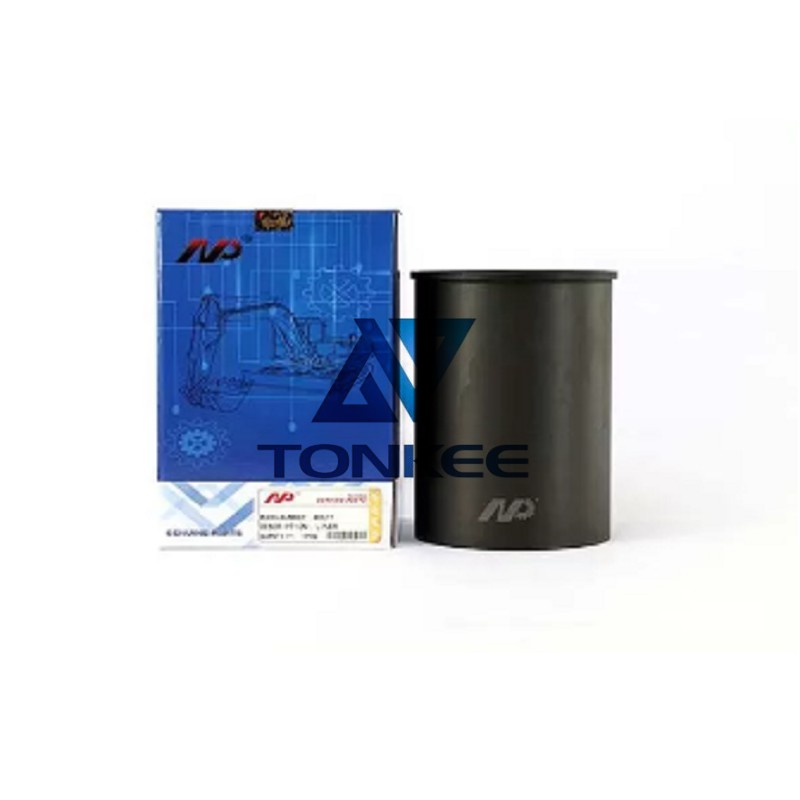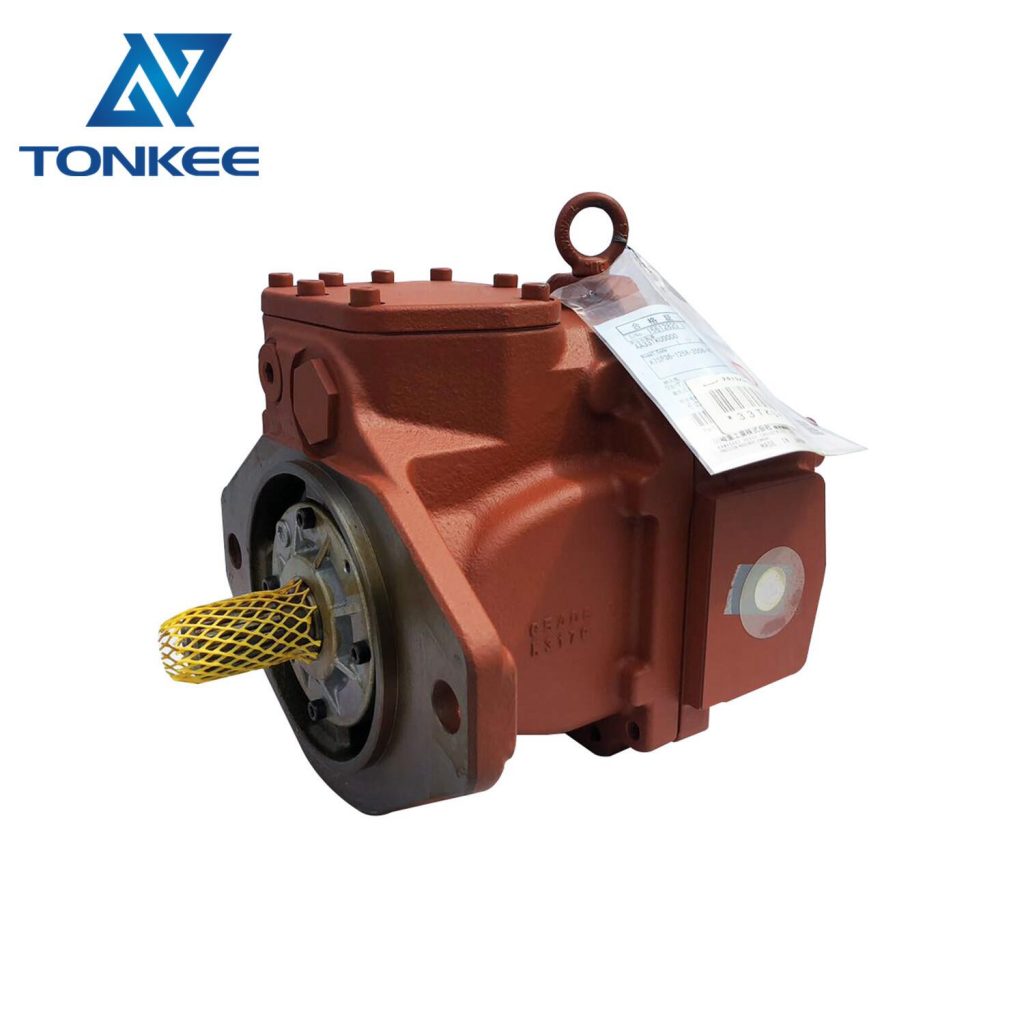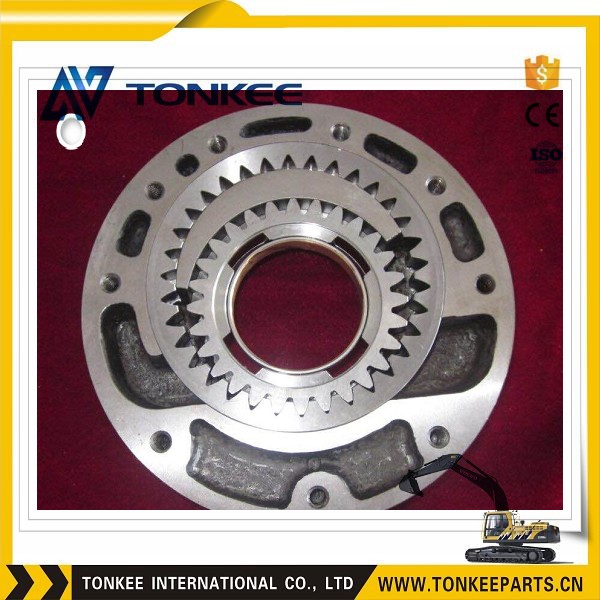
The cylinder liner, also known as a cylinder sleeve, is typically made of high-quality, wear-resistant materials.
Most ISUZU engine cylinder liners are constructed from cast iron, which offers excellent durability and thermal conductivity, ensuring optimal heat dissipation.
Dimensions:
The dimensions of the cylinder liner are crucial to ensure a precise fit within the engine block. These dimensions are typically designed to meet precise specifications, ensuring a snug fit that prevents leakage and minimizes friction. The liners are engineered to match the exact bore diameter and length required for each engine model.
Compatibility:
ISUZU manufactures different engines for various applications. Therefore, the cylinder liners are designed to be compatible with specific engine models, such as the 4HK1, 4JG1, 4BD1, 4BG1, 4JB1, and 4LE1. Engine parts like cylinder liners should always be chosen to match the engine model accurately.
Honing Finish:
Cylinder liners often feature a honed or cross-hatch finish on the inner surface. This finish promotes proper lubrication and piston ring seating while reducing friction and wear. The honing process creates a pattern of grooves and valleys, which helps retain oil for lubrication.
Heat Treatment:
To enhance the durability of the cylinder liners, they undergo heat treatment processes.
Heat treatment can improve hardness and resistance to wear, making the liner better equipped to withstand the high-temperature, high-pressure conditions within the engine cylinder.
Cooling Features:
Some cylinder liners for heavy-duty engines like those used in excavators may have additional cooling features. These liners have water jackets that aid in engine cooling. Proper cooling is essential to prevent overheating, maintain engine efficiency, and extend the life of the liner.
Installation Method:
Cylinder liners can be installed using various methods, including dry or wet installation. Wet installation involves the use of lubricants and sealing rings to facilitate easy insertion into the engine block. The choice of installation method depends on the engine's design and manufacturer's recommendations.
Maintenance:
Cylinder liners are critical engine components that require regular inspection and maintenance. Regular checks for signs of wear, damage, or corrosion are essential. Timely replacement of worn or damaged liners is necessary to prevent further engine damage and ensure optimal engine performance.
Performance Characteristics:
Cylinder liners play a vital role in maintaining engine compression, sealing combustion chambers, and supporting the movement of the piston. They need to provide excellent resistance to wear, corrosion, and thermal stress to ensure the engine's long-term performance and reliability.



 English
English Русский язык
Русский язык





